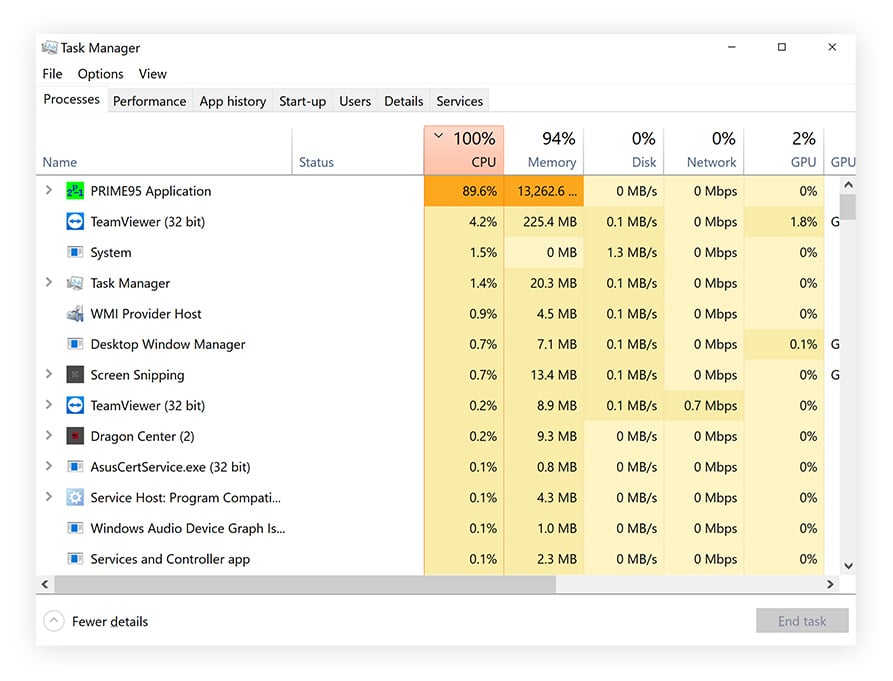How to Fix High CPU Utilization
If your computer is running slow or if you notice that your CPU is constantly running at high levels, you may be experiencing high CPU utilization. This can be caused by various factors such as too many background processes, malware, outdated software, or hardware issues. Here are some tips to help you fix high CPU utilization and improve the performance of your computer.
1. Identify the Culprit
The first step in fixing high CPU utilization is to identify the root cause. Open Task Manager on Windows or Activity Monitor on Mac to see which processes are consuming the most CPU resources. Look for any particular process that is using a high percentage of CPU and try to determine what it is and whether it is necessary.
2. End Unnecessary Processes
If you identify any unnecessary processes running in the background, end them to reduce CPU utilization. Right-click on the process in Task Manager or Activity Monitor and select “End Task” or “Force Quit” to stop the process. Be careful not to end any essential system processes as this can cause system instability.
3. Update Software
Outdated software can sometimes lead to high CPU utilization as older versions may have bugs or security vulnerabilities. Make sure to regularly update your operating system, drivers, and applications to ensure optimal performance and stability. You can enable automatic updates to keep your software up to date effortlessly.
4. Scan for Malware
Malware can also cause high CPU usage as it may be running in the background without your knowledge. Run a full system scan using a reliable antivirus program to detect and remove any malicious software. You can also use anti-malware tools to clean up your system and prevent future infections.
5. Check for Hardware Issues
If you have ruled out software-related issues, high CPU utilization could be due to hardware problems. Check your hardware components such as the CPU, RAM, and hard drive for any damage or faults. Ensure that your computer is adequately cooled and that all components are functioning correctly to prevent overheating.
6. Reduce Startup Programs
Too many startup programs can significantly impact CPU utilization as they may all be running simultaneously when you boot up your computer. Disable unnecessary startup programs in Task Manager or System Preferences to reduce the workload on your CPU. This can help improve boot times and overall system performance.
7. Optimize System Settings
You can also optimize your system settings to reduce high CPU utilization. Adjust power settings to prioritize performance over energy saving, disable visual effects, and tweak system preferences to minimize resource usage. You can also limit background processes and services to allocate more CPU resources to essential tasks.
8. Upgrade Your Hardware
If you have tried all the above methods and are still experiencing high CPU utilization, it may be time to consider upgrading your hardware. Adding more RAM, upgrading your CPU, or switching to a faster hard drive can help improve system performance and reduce CPU bottlenecking. Consult with a professional to determine the best hardware upgrades for your specific needs.
Conclusion
High CPU utilization can significantly impact the performance of your computer, but it can be fixed with the right strategies. By identifying the root cause, ending unnecessary processes, updating software, scanning for malware, checking for hardware issues, reducing startup programs, optimizing system settings, and upgrading your hardware, you can effectively reduce CPU usage and improve overall system performance. Remember to regularly maintain your computer to prevent high CPU utilization and ensure smooth operation.
